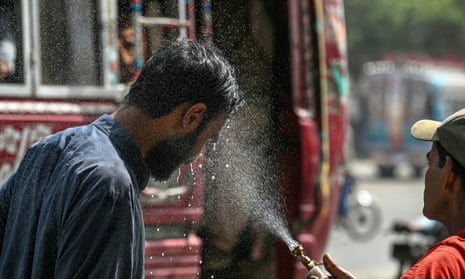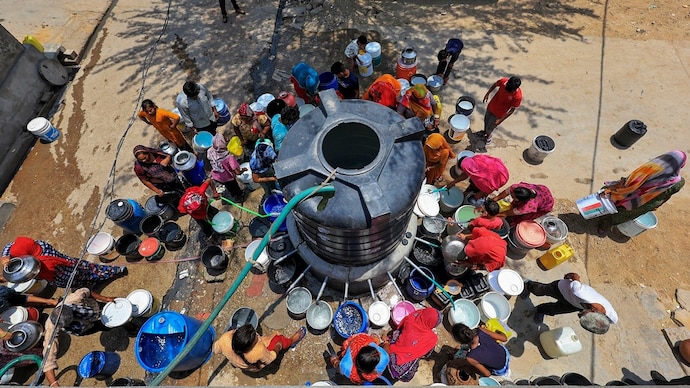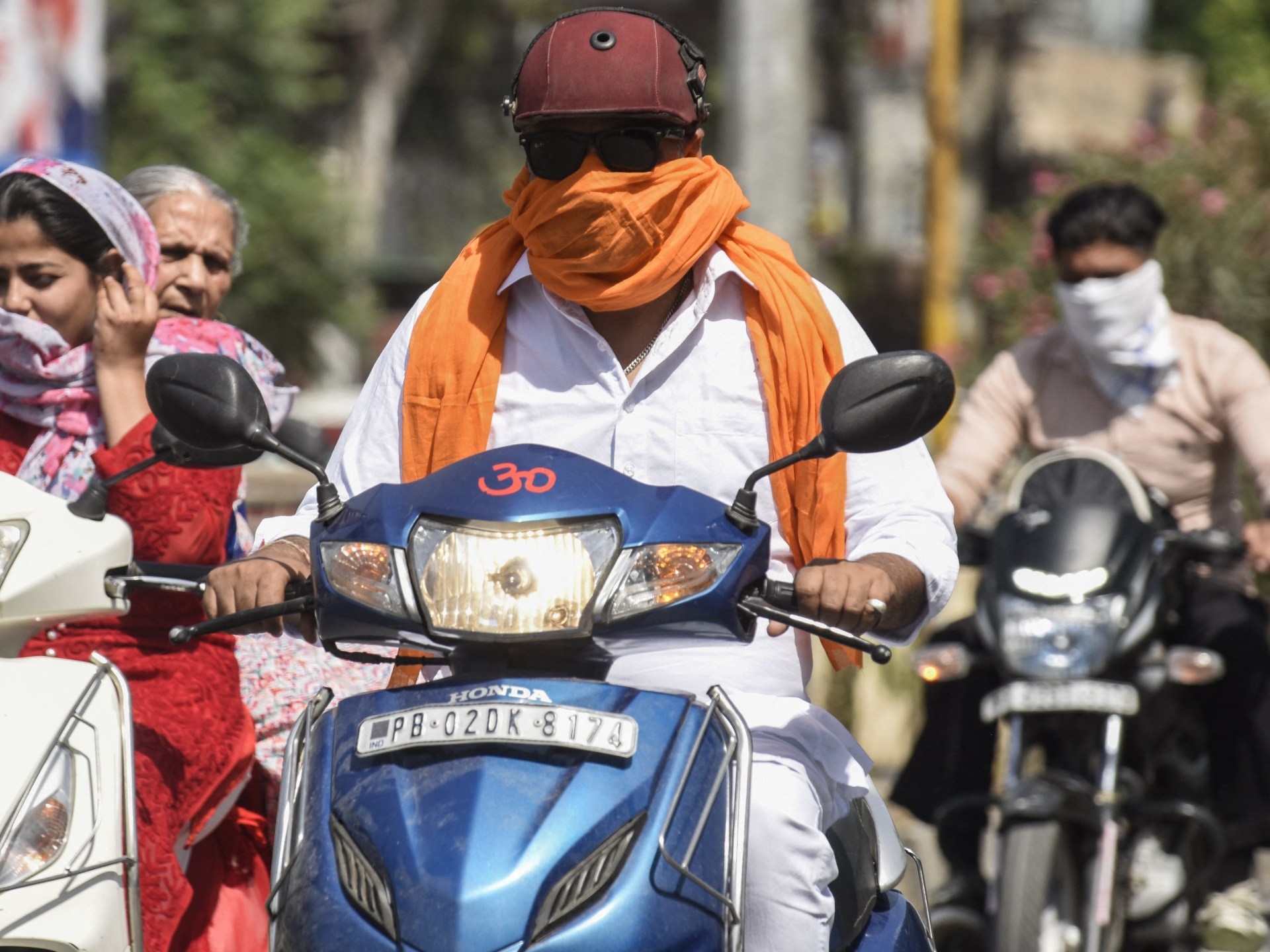Scorching Summer 2025: India Faces Unprecedented Heatwaves Amid Climate Crisis

Introduction: A Nation Under Heat Siege
As the summer of 2025 unfolds, India finds itself in the grip of one of the most intense and prolonged heatwaves in recorded history. With temperatures consistently crossing 48°C (118°F) in several states, the impacts are being felt across every facet of life—from public health to agriculture, infrastructure, and energy. Experts are calling it a wake-up call that reinforces the dire need for accelerated climate action and adaptive strategies.
Record-Breaking Temperatures Across the Nation
According to the India Meteorological Department (IMD):
- Delhi recorded a peak temperature of 49.2°C
- Rajasthan’s Phalodi hit a blistering 50°C
- Parts of Telangana, Maharashtra, and Uttar Pradesh experienced over 45°C for more than 15 consecutive days
These extreme heat conditions have surpassed the deadly heatwaves of 2015 and 2019, both of which claimed hundreds of lives.
Health Emergency Declared

– Spike in Heatstroke Cases
Hospitals across northern and central India are overwhelmed. Over 5,000 heatstroke cases have been reported, with at least 300 fatalities in April alone.
– Vulnerable Populations Affected Most
Elderly citizens, outdoor workers, children, and slum dwellers with limited access to cooling resources are bearing the brunt. The government has advised people to remain indoors and has opened community cooling centers in major cities.
– Mental Health Concerns Rise
Prolonged heat exposure and poor sleep due to night-time temperature spikes have led to increased reports of irritability, stress, and even aggression.
Agriculture in Distress
– Crop Failures in Key Regions
Heatwaves during the rabi harvest season have decimated yields of wheat and pulses in Punjab, Haryana, and Madhya Pradesh. Early data from the Ministry of Agriculture suggests a 30% decline in output.
– Water Scarcity Compounds the Crisis

Many reservoirs are running dry. Farmers in Maharashtra, Karnataka, and Tamil Nadu are facing severe irrigation shortages, impacting not just this season’s crop but also long-term soil fertility.
– Livestock Losses
Heat stress has led to increased mortality among dairy cattle and poultry, severely affecting rural livelihoods.
Urban Infrastructure Under Strain
– Power Grid Overload
Cities like Mumbai, Delhi, and Chennai are experiencing frequent power outages due to soaring demand for air conditioning. Daily peak consumption has crossed 220 GW, the highest in India’s history.
– Transport Disruptions
Rail tracks in Gujarat and Rajasthan have reportedly buckled under extreme heat. Several flights were delayed due to tarmac temperature limits being breached.
– Fire Hazards
Increased instances of wildfires have been reported in the forest regions of Uttarakhand, Himachal Pradesh, and central India.
Government Response and Challenges
– Relief Measures
The National Disaster Management Authority (NDMA) has released emergency funds and set up hydration kiosks, water tankers, and mobile medical units in critical zones.
– Heat Action Plans (HAPs)
Cities like Ahmedabad and Nagpur are activating their Heat Action Plans, which include early warnings, public awareness drives, and coordination with hospitals and NGOs.
– State-level Limitations
Many states still lack updated HAPs or resources for enforcement. Experts argue that a national-level heatwave strategy is urgently required.
Climate Change Connection: The Scientific Consensus
Climate scientists affirm that these heatwaves are not natural anomalies but a direct result of climate change:
- Rising global temperatures have increased the frequency and intensity of heat events
- Urban heat islands worsen local conditions
- Deforestation and unplanned urbanization reduce resilience
Dr. Roxy Mathew Koll, a leading climate scientist at the Indian Institute of Tropical Meteorology, states: “What we are seeing in 2025 is not the new normal—it’s a warning of worse to come unless we act fast.”
International Reactions and Support
– UN Climate Watch
The United Nations has listed India’s 2025 heatwave as one of the top climate emergencies of the year and has offered technical support for mitigation planning.
– Global Climate Funding
India is set to receive accelerated climate adaptation funding through the Green Climate Fund and collaborations with the European Union and World Bank.
Long-Term Solutions: Building Climate Resilience
– Urban Cooling Strategies
Green roofing, reflective building materials, tree plantation drives, and heat-resilient city planning are gaining momentum.
– Water Management Reforms
Reviving traditional water bodies, investing in rainwater harvesting, and efficient irrigation systems like drip and sprinkler are crucial.
– Agricultural Innovation
Promoting heat-resistant crop varieties and shifting cropping calendars to avoid heat peaks are vital steps.
– Public Awareness and Early Warning Systems
India must scale up climate education, disaster preparedness, and real-time meteorological alerts for rural and urban populations.
Conclusion: An Urgent Call for Climate Action
The heatwaves of 2025 are more than a seasonal phenomenon—they are a glaring symptom of a deeper crisis. India, with its vast population and diverse geography, is among the most vulnerable nations to climate change. Yet, it also has immense potential to lead with innovative, inclusive, and sustainable solutions.
This summer should be a turning point—not just for emergency response, but for long-term climate commitment, community engagement, and systemic change. The time to act is now, and every degree of preparedness can save lives.
Visit Edge Times Homepage For More News
Read Blogs From Our Blog Website
Top 10 Movies On Jio Hotstar App

Samsung One UI 7 Update Release Date In India

Best Dog Food For Shih Tzu

Visit To Our Blog Channel To Read Interesting Blogs


Leave a Reply